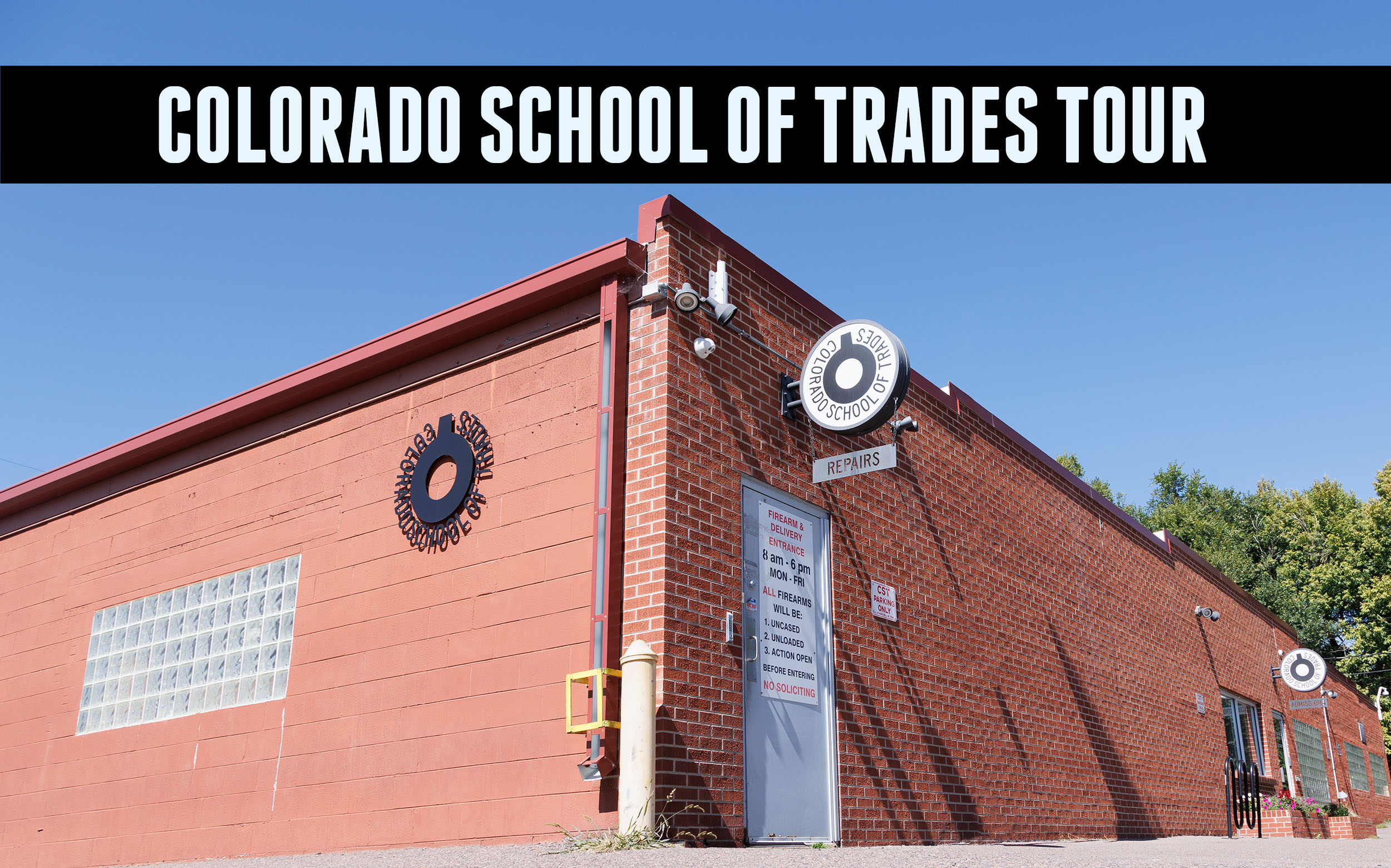We’ve given an overview of the Colorado School of Trades and inside look at its programs. I recently traveled to Colorado and received an in-depth tour!
Disclaimer
Ultimate Reloader LLC / Making with Metal Disclaimer: (by reading this article and/or watching video content you accept these terms). The content on this website (including videos, articles, ammunition reloading data, technical articles, gunsmithing and other information) is for demonstration purposes only. Do not attempt any of the processes or procedures shown or described on this website. All gunsmithing procedures should be carried out by a qualified and licensed gunsmith at their own risk. Do not attempt to repair or modify any firearms based on information on this website. Ultimate Reloader, LLC and Making With Metal can not be held liable for property or personal damage due to viewers/readers of this website performing activities, procedures, techniques, or practices described in whole or part on this website. By accepting these terms, you agree that you alone are solely responsible for your own safety and property as it pertains to activities, procedures, techniques, or practices described in whole or part on this website.
The Tour
Eugene Baker from CST started our tour in the machine shop.
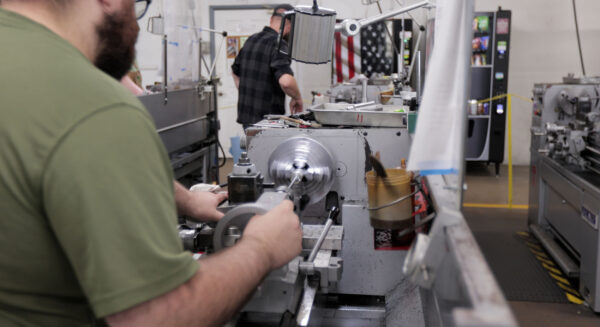
He explained that students are currently in their second quarter of the 15 week machining course. This course includes eight weeks on manual lathes, three weeks on manual mills and three weeks in the CNC lab. CST’s impressive machine shop truly sets the school apart.
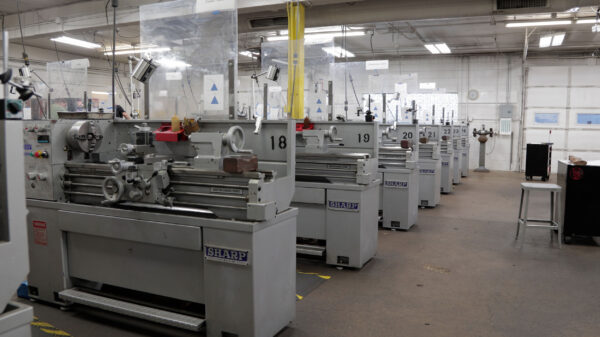
They have 24 lathes, each assigned to a student for the entirety of the course. Students don’t just learn basic machining, but learn the chambering process and several dummy actions. They also match a Remington 700 to a Shilen chrome-moly match-grade barrel for their project rifle. Students get to choose the caliber, twist rate, and other details of their rifle.
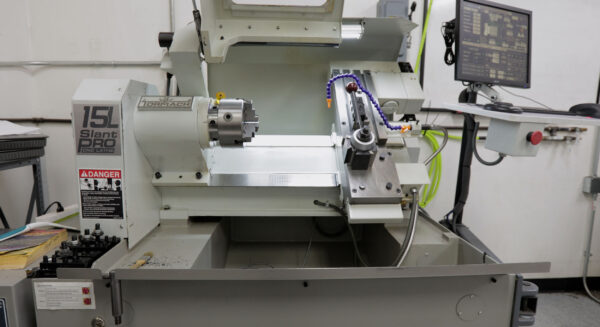
The CNC lab has two Tormach 15L Slant Pro CNC lathes and two Tormach PCNC 440 mills. Students learn how CNC works over several weeks, including machine referencing, tool piece offset, and workpiece offset.
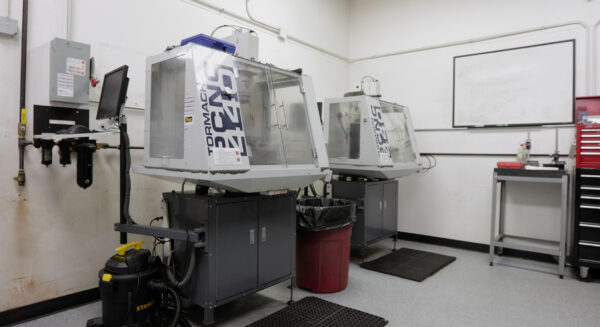
Tormach also has a conversational programming system that provides a plug-n-play entry to CNC. Newer to CST is a BOSS 30W laser. Students mark their project barrels with the laser and can do more with it in later programs.
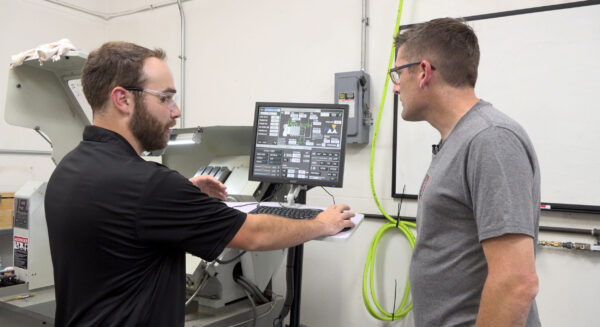
Students in the stock section begin with inletting a synthetic stock to fit the barreled action they worked on in the machine course. Next comes an air cure Cerakote. When it comes to working with wood stocks, students are issued a Walnut semi-inlet duplicate.
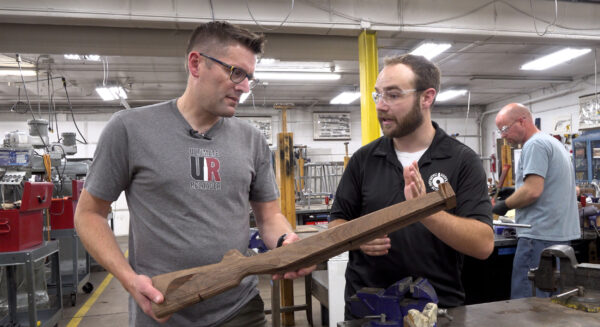
First students decide on their desired fore-end length. Next, they flatten out the fly-wheels, drill out the action screw holes and inlet the stock until there is a 1:1 contact with the receiver and free-float on the barrel.
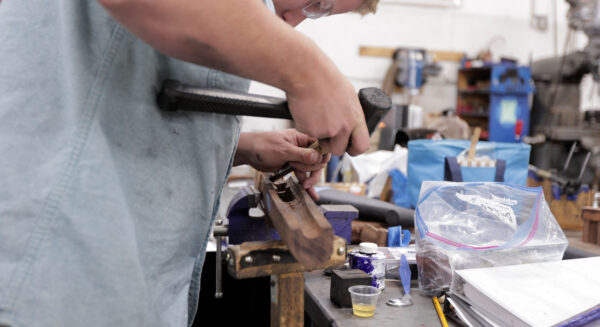
When this is complete, students inlet the bottom of the stock for the bottom metal and magazine and ensure proper mag box expansion. Shaping follows, then sanding with a mud rub, and oil finish.
The design and function section is centered around repairs and maintenance rather than building from scratch. CST has a working repair shop that sees over 2,500 guns each year. Volunteers send their guns here for a reduced repair cost for students to work on and learn from. Anything that is a general gunsmithing skill falls into design and function, including muzzle brake installation, bedding, stock refinishing, and Cerakote. Design and Function is built into two courses: Design and Function I and II. The first is a fast-paced five-week course in which students work on 17 firearms. This pace limits students to working on bolt actions, lever actions, and pump actions. Design and Function II has no gun type limitations. Students work on 21 firearms over 10 weeks.
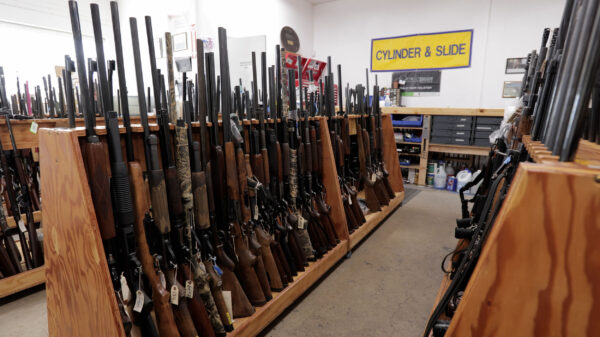
Available after Design and Function II, CST’s specialization course allows students to choose what they want to focus on, as long as it’s legal. Some students have chosen to build cannons, build more project rifles, and embark on other creative endeavors.
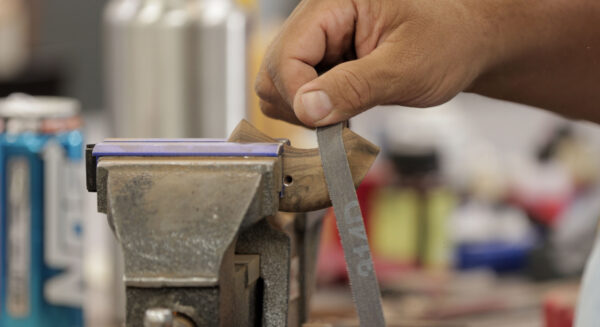
Close to last on the tour but first in the courses, basics teaches the fundamentals. This course takes place in more of a classroom setting, but has hands-on activities with analog micrometers, various measuring tools, bluing and wood refinishing in addition to cycle of operations.
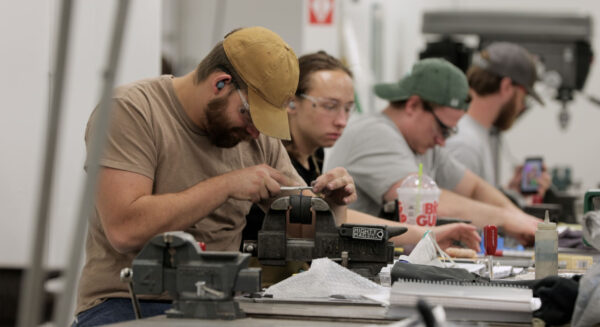
CST also has a very large Cerakote booth with two ovens (150 degrees Fahrenheit, 300 degrees Fahrenheit) and a stencil cutter. If students want to undergo Cerakote Certified Applicator Training, they can also do so at the facility.
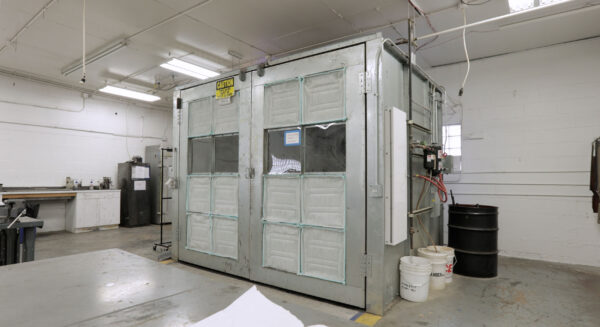
At the Colorado School of Trades, the school library and its staff also doubles as the storeroom for all public and student firearms. Fun fact: students can find every issue of American Rifleman dating back to 1949. This allows students to see how guns and the world have changed over the years.
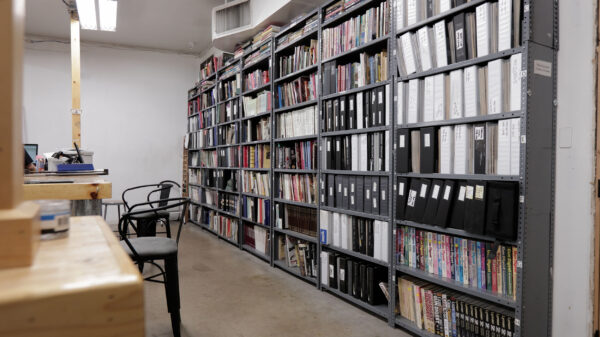
Conclusion
If you’re interested in attending the Colorado School of Trades, check out their website!
Don’t miss out on Ultimate Reloader updates, make sure you’re subscribed!Thanks,
Gavin Gear
